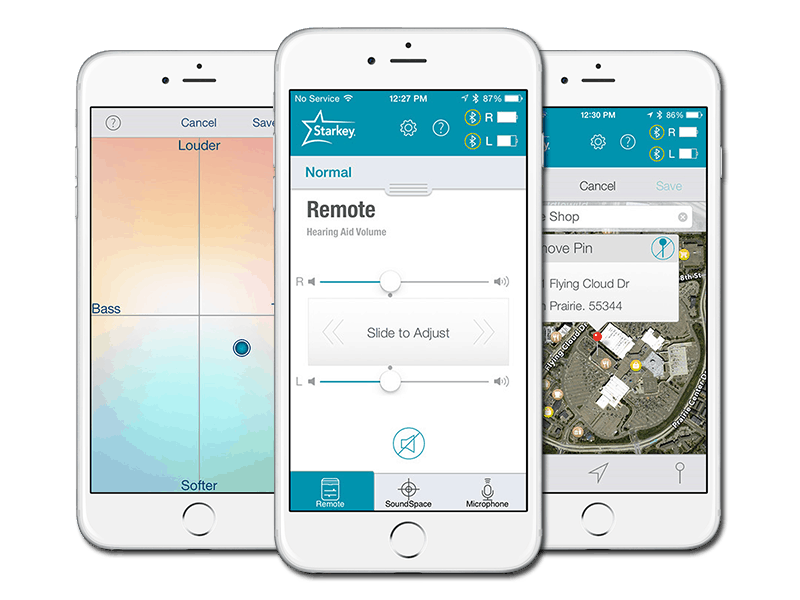Hearing Aids Overview
Modern hearing aids have come a long way from the bulky, beige eyesores of our grandparents. Today’s hearing aids are powerful, sleek, discreet, and technologically advanced. There are literally hundreds of options of modern hearing aids on the market today.
With so much choice, you are bound to find a hearing aid that meets your needs and preferences. You are also most likely going to come across some uncertainty. To help alleviate this, we’ve created this helpful guide of hearing aid basics. Once you’ve educated yourself on the basics, call us to schedule a consultation. We specialize in guiding you through the process of choosing the perfect hearing aid based on your needs.
When teaming up with us at Vital Hearing, you will have access to many different hearing aids from the top manufacturers in the world. We will work together to find the perfect hearing aid for you.
Hearing Aid Styles
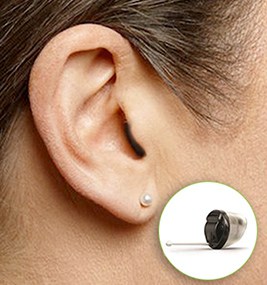
Invisible-In-Canal (IIC) Styles
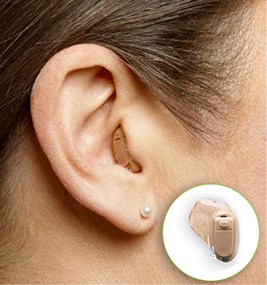
Completely-In-Canal (CIC) Styles
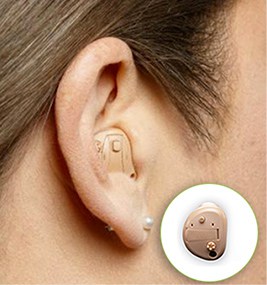
In-The-Canal (ITC) and In-The-Ear (ITE) Styles
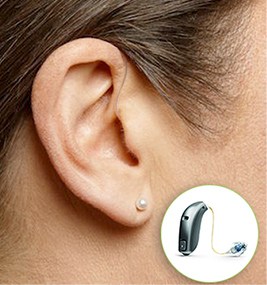
Receiver-In-Canal (RIC) and Receiver-In-The-Ear (RITE) Styles
RIC and RITE hearing aids are acronyms for the same style of hearing aid. Typically, manufacturers will choose one acronym or another to describe this style. With RIC and RITE hearing aids, the body of the hearing aid sits behind the outer ear and a very thin wire, called a speaker or receiver, connects it to an earbud or earmold that sits in the ear canal. RIC/RITE hearing aids are usually very discreet.
One major advantage to using a RIC/RITE is that, depending on the hearing loss, we can keep your ear canal open. By keeping the canal open, sound and air can enter the ear naturally, which will lessen the feeling of being plugged up, or occluded, and the produced sound is more natural in general. Most RIC/RITE devices are now wireless and have Bluetooth capabilities. This means most of them have the ability to connect to your cell phone to stream calls and music, and to the TV for better speech understanding. Don’t let that intimidate you if you are looking for something simple, these features are just extras that are included in the technology if you decide to use it.
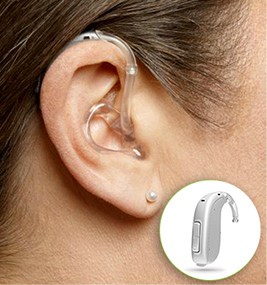
Behind-The-Ear (BTE) Styles
BTE style hearing aids are very similar to RIC or RITE styles. The key difference between them is that rather than a thin wire, a plastic tubing connects the outer apparatus to the earbud or earmold that sits in the canal. Standard sized BTEs can fit a wider range of hearing losses, including profound losses. Mini BTEs are similar in size to RIC/RITEs, and the plastic tubing is thinner than standard BTEs. Mini BTEs may be used in place of a RIC/RITE if wax build up is a major concern.
Hearing Aid Technology

Tinnitus Therapy
Learn more about tinnitus
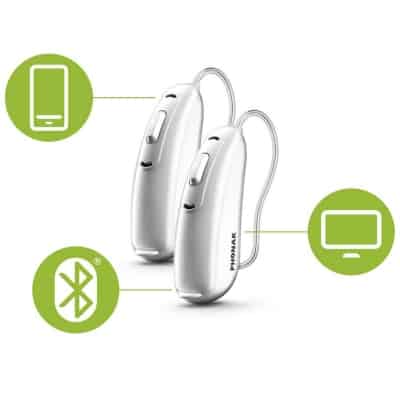
Bluetooth Hearing Aids and Direct Streaming Technology
Most modern hearing aids can be connected with smart devices, such as your phone, television, or a remote microphone, using Bluetooth or other wireless technologies. Many hearing aids can even stream phone conversations, movies, or music directly from your smartphone, computer or other device. Streaming means we essentially turn your hearing aids into headphones, so you will hear the phone conversation, music, or television right through the hearing aids. Streaming the signal you want to hear directly to the hearing aids will give you a much greater chance of not missing a word. If you spend a lot of time listening to music, watching TV, or talking on the phone, this technology will probably be important to you. We will make sure you know how to use this technology, if desired, before leaving our office as we schedule ample time for our clients at Vital Hearing.

Speech Enhancement
